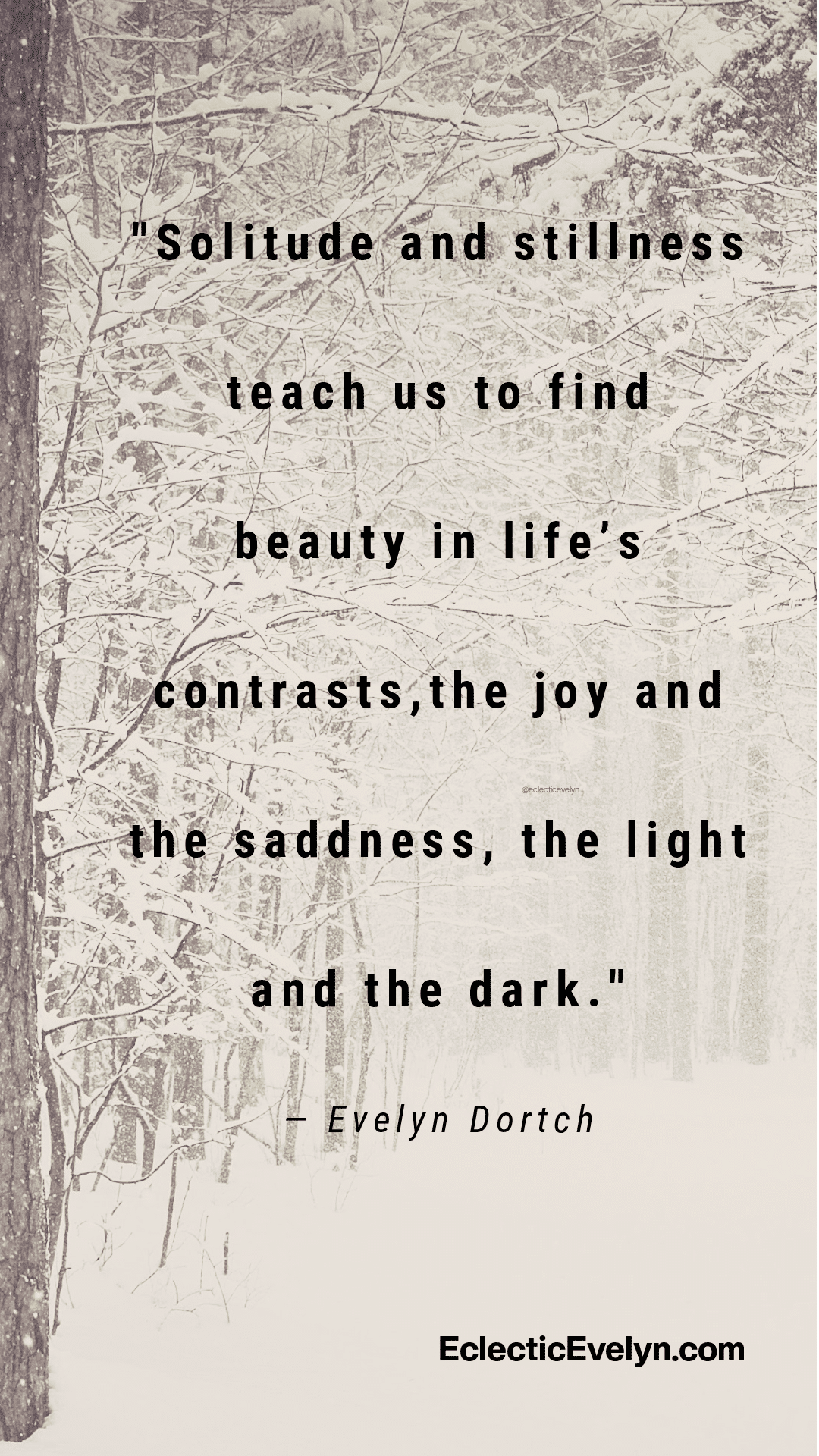Wintering is more than just a seasonal shift; it’s a mindset and a practice. In our fast-paced world, the idea of intentionally slowing down can feel counterintuitive, but wintering offers a chance to rest, reflect, and reconnect with ourselves. This post explores what wintering is, why it’s important, and how embracing this quiet season can be one of the most profound acts of self-care.
What is Wintering?
Wintering is the intentional act of stepping back, slowing down, and allowing yourself to rest. Just as nature retreats during the winter months, we too can use this time to reflect and recharge. It’s about embracing stillness and solitude, honoring the quieter moments of life, and finding strength in simply being.
This practice doesn’t mean giving up or isolating yourself in despair. Instead, wintering is a conscious choice to accept life’s natural ebb and flow. By aligning with winter’s energy, you create space for healing, growth, and transformation.

Why Wintering Matters
Our modern culture often pushes us to maintain a constant state of productivity, even when our bodies and minds are screaming for rest. Wintering challenges this notion by reminding us that rest is not a weakness—it’s a necessity.
Wintering matters because it allows us to:
- Recharge Our Energy: Like hibernating animals, we too need time to replenish our reserves.
- Process Emotions: Wintering provides the stillness required to confront and understand our feelings.
- Reconnect with Ourselves: In the quiet, we rediscover our inner voice and what truly matters.
By accepting the slower pace of winter, we honor the cycles of nature and ourselves.
Embracing the Stillness
The cold winter months invites us to embrace the stillness that this season offers. It’s a time to tune out the noise and reconnect with our inner world. Here are some ways to embrace the stillness of the winter:
1. Create a Cozy Sanctuary
Make your space a haven of warmth and comfort. Soft blankets, warm lighting, and soothing scents can help create an environment that supports relaxation and introspection.
2. Disconnect from Technology
Step away from screens and allow yourself to fully embrace the quiet. Put your phone on silent, limit social media, and spend time away from constant notifications. This intentional disconnection creates space for deeper reflection and a stronger connection with the present moment.
3. Practice Mindful Reflection
Journaling, meditating, or simply sitting in silence can be powerful tools during wintering. These practices allow you to process thoughts and emotions that may have been pushed aside during busier times.
4. Lean into Solitude
Solitude can feel daunting, but it’s an essential part of wintering. Spending time alone helps you deepen your relationship with yourself and uncover truths that may have been hidden in the rush of everyday life.

The Emotional Side of Wintering
Going within during the dark months of winter isn’t always comfortable. It can bring up feelings of sadness or loneliness, but these emotions are part of the process. Embracing them, instead of resisting, allows us to grow and heal. However, it’s important to recognize the difference between experiencing the natural, therapeutic ebb and flow of emotions and struggling with something more persistent, like Seasonal Affective Disorder (SAD).
Sadness and solitude can be transformative. They invite us to sit with our feelings, to understand and honor them rather than push them away. This process, though challenging, often leads to greater clarity and emotional resilience. Leaning into these moments with intention—through journaling, quiet reflection, or creative expression—can help us uncover truths about ourselves and what we need to move forward.
That said, not all winter blues are the same. For some, the shorter days and longer nights of winter can trigger Seasonal Affective Disorder, a type of depression linked to seasonal changes. SAD goes beyond occasional sadness or a desire to retreat; it can significantly impact your mood, energy levels, and overall well-being. If you find that feelings of hopelessness, fatigue, or isolation persist, it’s important to seek help. Speaking with a therapist or exploring light therapy and other treatments can make a significant difference.
Wintering is about embracing the stillness and acknowledging our emotions, but it’s also about honoring our limits. If sadness becomes overwhelming, seeking support is not a failure—it’s a courageous act of self-care. Balancing this awareness with the acceptance of life’s natural rhythms allows us to navigate the winter season in a way that nurtures both our hearts and minds.
Practical Tips for Wintering
If you’re ready to embrace wintering as part of your self-care practice, here are some practical tips to get started:
1. Honor Your Need for Rest
Listen to your body. If you feel tired, give yourself permission to rest without guilt. Take naps, sleep late if possible and enjoy slow mornings.
2. Slow Down Your Routine
Simplify your daily schedule. Focus on what’s essential and let go of unnecessary commitments. Free up your calendar. Say no to events and commitments that drain your energy.
3. Connect with Nature
Even in the cold, nature has its own rhythm. A quiet walk in the woods or sitting by a window watching the snow can be incredibly grounding.
4. Engage in Creative Activities
Wintering is a wonderful time to explore creative pursuits like writing, crocheting, or quilting. These cozy activities allow you to express yourself and find joy in the process.
5. Nourish Your Body and Soul
Warm, nourishing foods and soothing teas can help support your wintering journey. Pair this with soul-nourishing activities like reading or listening to calming music.

A Spiritual Perspective
For those who follow spiritual or nature-based practices, wintering aligns with the energy between Winter Solstice and Imbolc. This is a time of stillness before the rebirth of spring—a perfect opportunity for inner work.
Embracing wintering during this period allows you to:
- Reflect on the past year and set intentions for the coming one.
- Honor the quiet, introspective energy of winter.
- Connect with rituals or traditions that bring meaning and comfort.
Whether through candlelit meditations, journaling, or simply acknowledging the season’s unique energy, wintering becomes a sacred act of self-care.
Why We’re Drawn to Wintering
It’s no coincidence that winter feels like a natural time for hibernation. Our ancestors lived in harmony with the seasons, and we carry that wisdom within us. Wintering fulfills an innate need to slow down, just as the earth does. By resisting the urge to push through winter with the same energy as other seasons, we allow ourselves to align with nature’s rhythms. This alignment brings balance, clarity, and a deeper understanding of ourselves.
Wintering is a reminder that life is cyclical. Just as winter eventually gives way to spring, our periods of rest and introspection will lead to renewed energy and growth. By embracing the cycles of life, we learn to trust the process and find peace in the present moment.

As you journey through this season, remember: it’s okay to hibernate, to feel less energetic, and to spend time alone. These moments of stillness are not empty—they are full of purpose.
This winter, may you find beauty in the quiet and strength in the stillness.






These are some very helpful tips for wintering! I think slowing down routine and relaxing is a must
Yes, we are all so busy all the time, we need to take time and just stop and be to recharge ourselves.